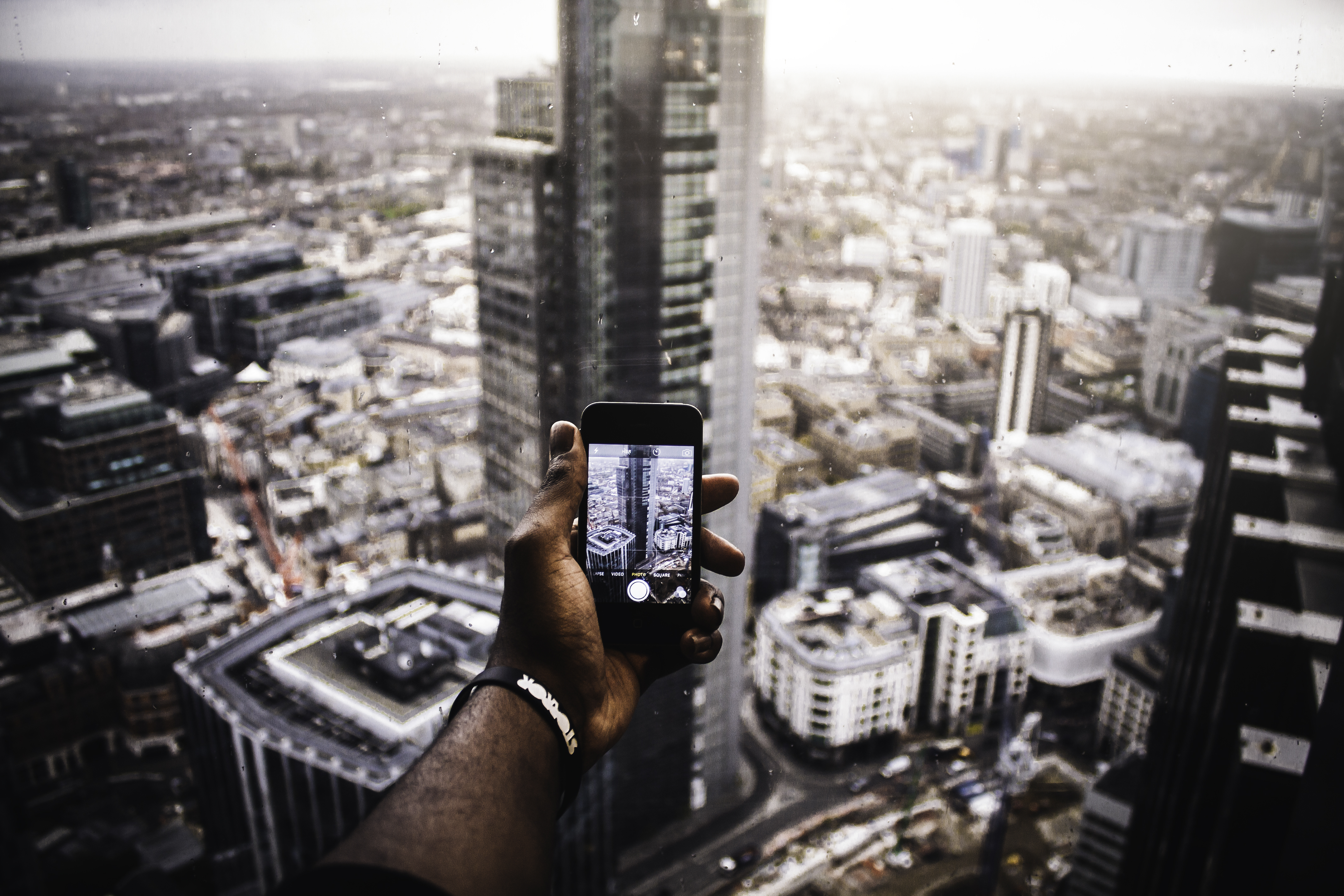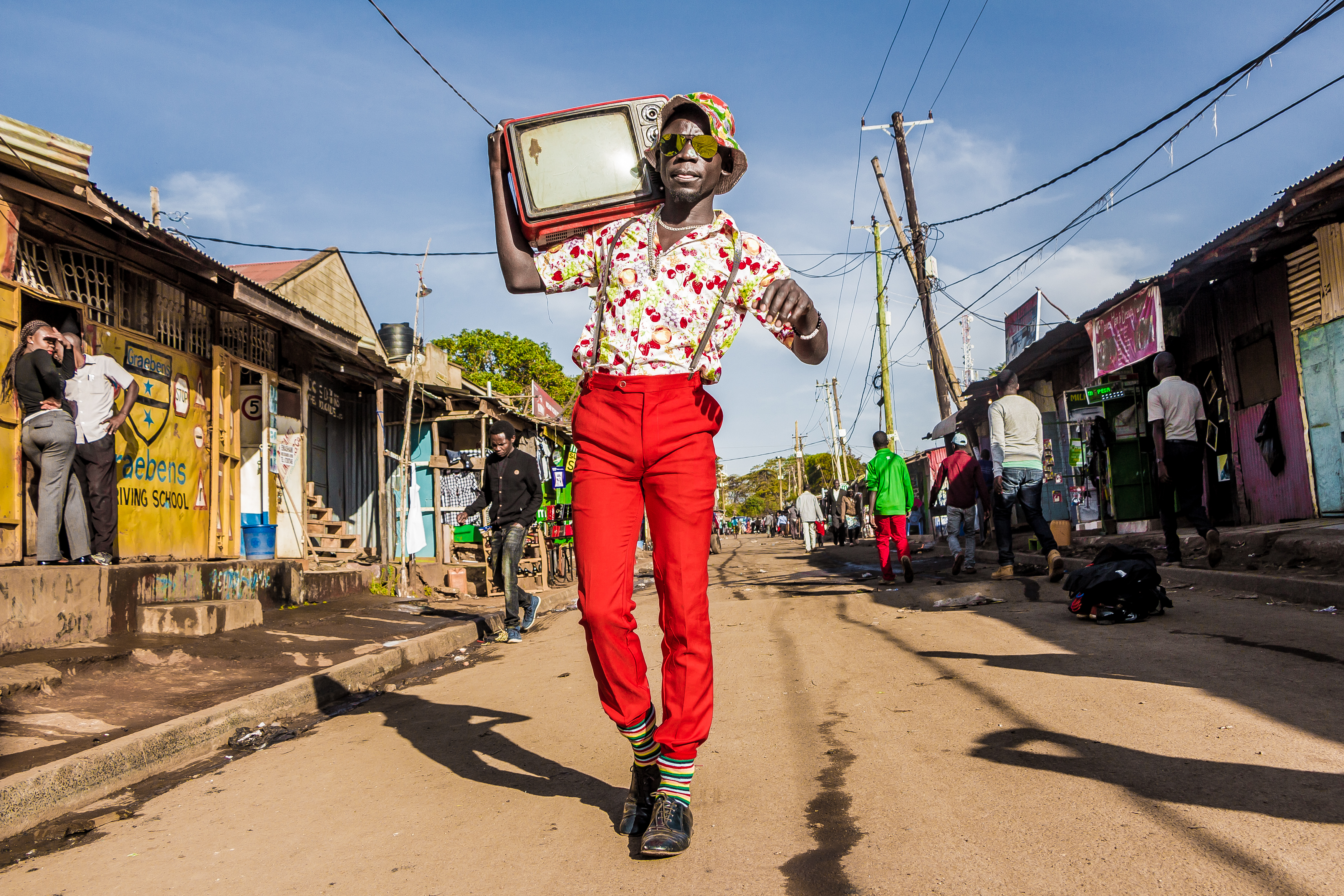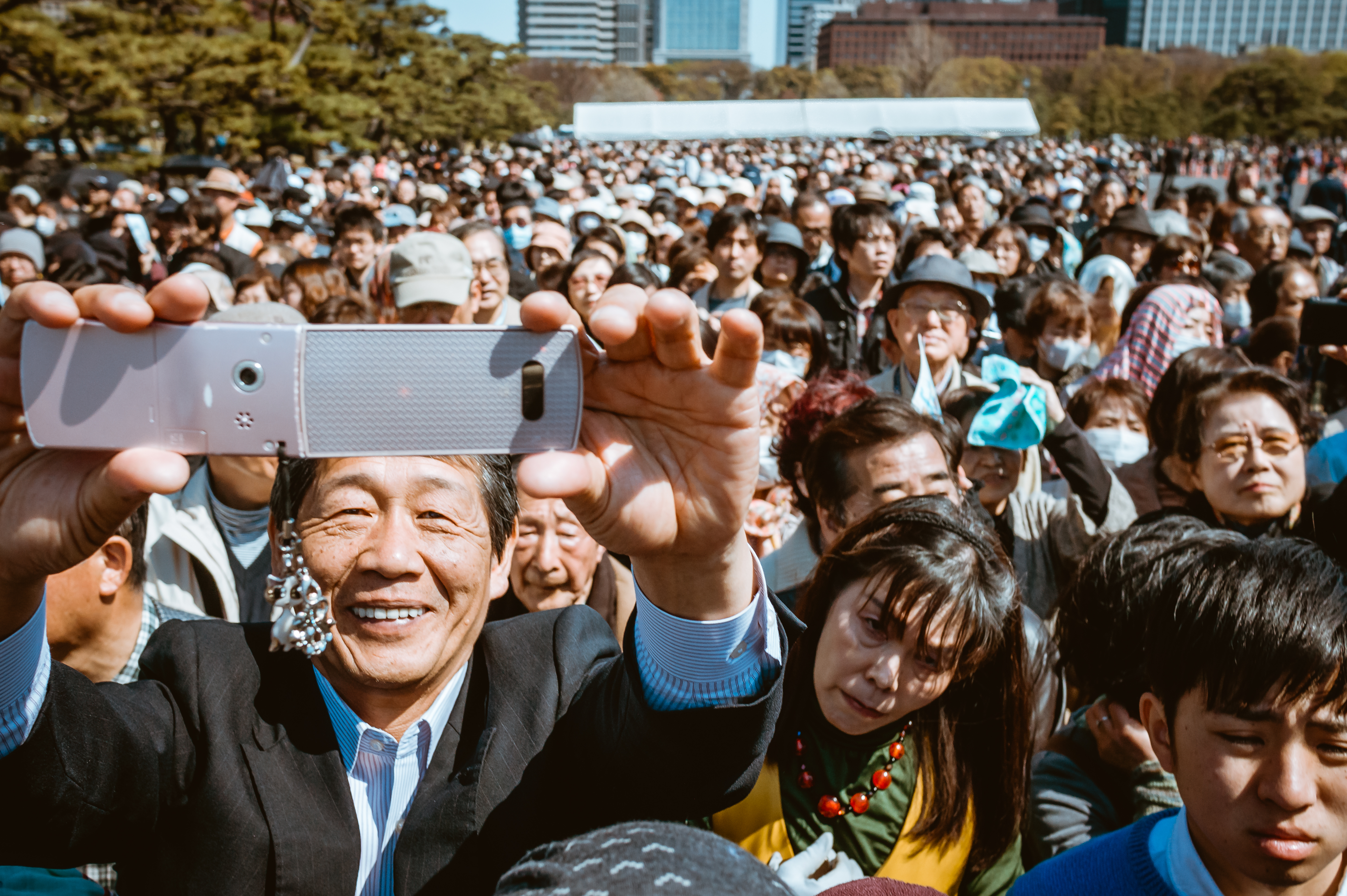Experiential marketing is on the rise with many marketers shifting towards experience-led activity to engage consumers beyond traditional methods.
According to a poll by brand experience agency Freeman and data solutions research provided SSI, “Globally, 51% [of marketers] said they would spend more than a fifth of their budget on experiential in the next three to five years, compared to just 31% who do so currently.
With this increase in providing real-world experiences, however, brands mustn't ignore the need to deliver quality experiences for audiences online.
When there's no opportunity to touch, feel, taste, or smell something, sight instinctively becomes our most valuable sense.
For millennials alone, visual content has become the new online currency - unsurprising in the Instagram era where 95 million photos and videos are posted to the channel every day.
So how can brands deliver better online experiences with visual content?
Don’t just focus on relevance, resonate
Joe Pulizzi, CEO of Content Marketing Institute recently wrote: “In past years, a term that was frequently mentioned at Content Marketing World was “relevance.” Six years later, that sentiment has evolved into a more specific term: “resonance.” Telling stories relevant to specific calendar or cultural moments is a must, but telling ones that also resonate makes all the difference.
Use imagery that provokes feeling and elicits an emotional response that leads to your audience experiencing something. Ultimately, you need to ask yourself: Are your visuals working hard enough to make your audiences feel something, or are they just simply viewing your content?
Source content from local creators
Global media startup, The Culture Trip, has based their model on sourcing content from local content creators, delivering personalised and authentic recommendations. Their global hub spanning 130 countries is comprised of photographers, writers and videographers, allowing them to enrich the online experience for their “culturally curious” audience.
Similarly, a recent campaign Picfair produced with Canon sourced content straight from the heart of one of the most diverse continents in the world. #CelebrateAfrica encouraged African residents from all walks of life to share their best images that challenged stereotypes and hoary cliches. Entries were submitted from photographers of all levels in 42 countries, uncovering a valuable new stream of content for publishers looking to tell African stories with conviction and authenticity. In turn, audiences could experience and celebrate Africa, in its truest form.
Invest in photography (both time and money)
Take the time to work on your visual storytelling in the same way you would treat any other element of your brand strategy. Assigning a budget each month will put the focus on finding on the right imagery. Far too often content creators are briefed to find images in short time, at the lowest possible price. This devalues the importance of visual storytelling, which is costly for brands when statistics show that tweets with images receive 150% more retweets than tweets without images, and Facebook posts with images see 2.3X more engagement than those without images.
Make image researching an integral part of your content planning and don’t forget to test, especially when running social ads where money can help your reach go further. Social sharing giants Buzzfeed didn’t get to where they are by luck, their content strategy is built on relentless measurement and their data science team meet with editorial teams regularly, together going through the insights.
Use long form-captions
One of the most important rules for travel brands is to pick imagery that makes the viewer want to go the destination. This “transport the viewer” mantra is unfolding naturally on channels such as Instagram where long-form captions are welcomed and deeper storytelling is encouraged. Leading publishers like National Geographic and General Electric master this tactic daily, using well crafted captions to accompany powerful imagery, which transports the audience to the heart of the experience.
Now, of course photos can’t replace experiencing the real thing, but with more investment going towards experiential activity, brands need to ensure their online content is still hitting the mark; giving audiences a consistent experience both on and offline. Ultimately, every touch point matters - from physical to online and everything in between - and communicating a unified story has never been more important than in today’s disruptive digital world.
These images were sourced from picfair. Find out more about their services here.







